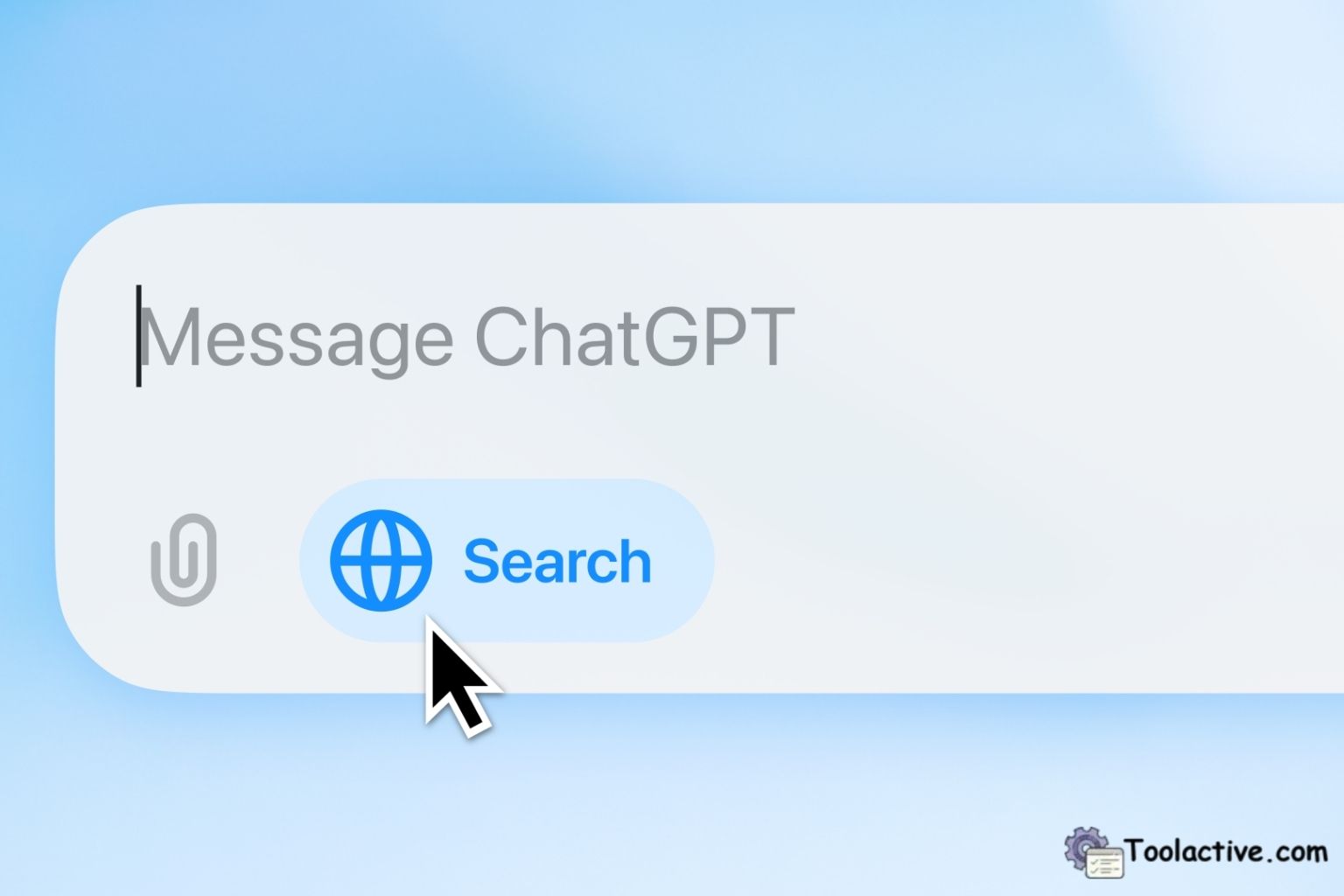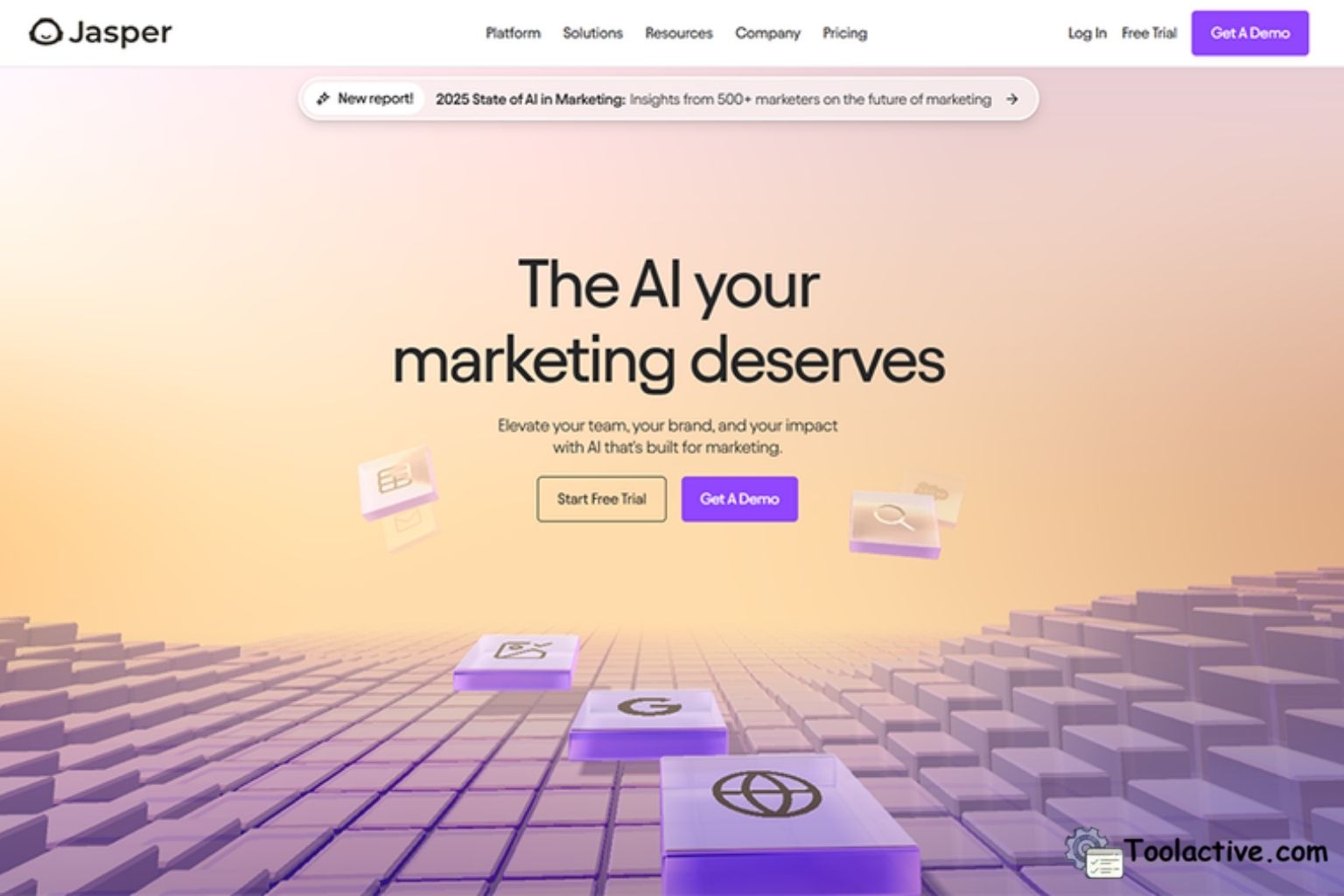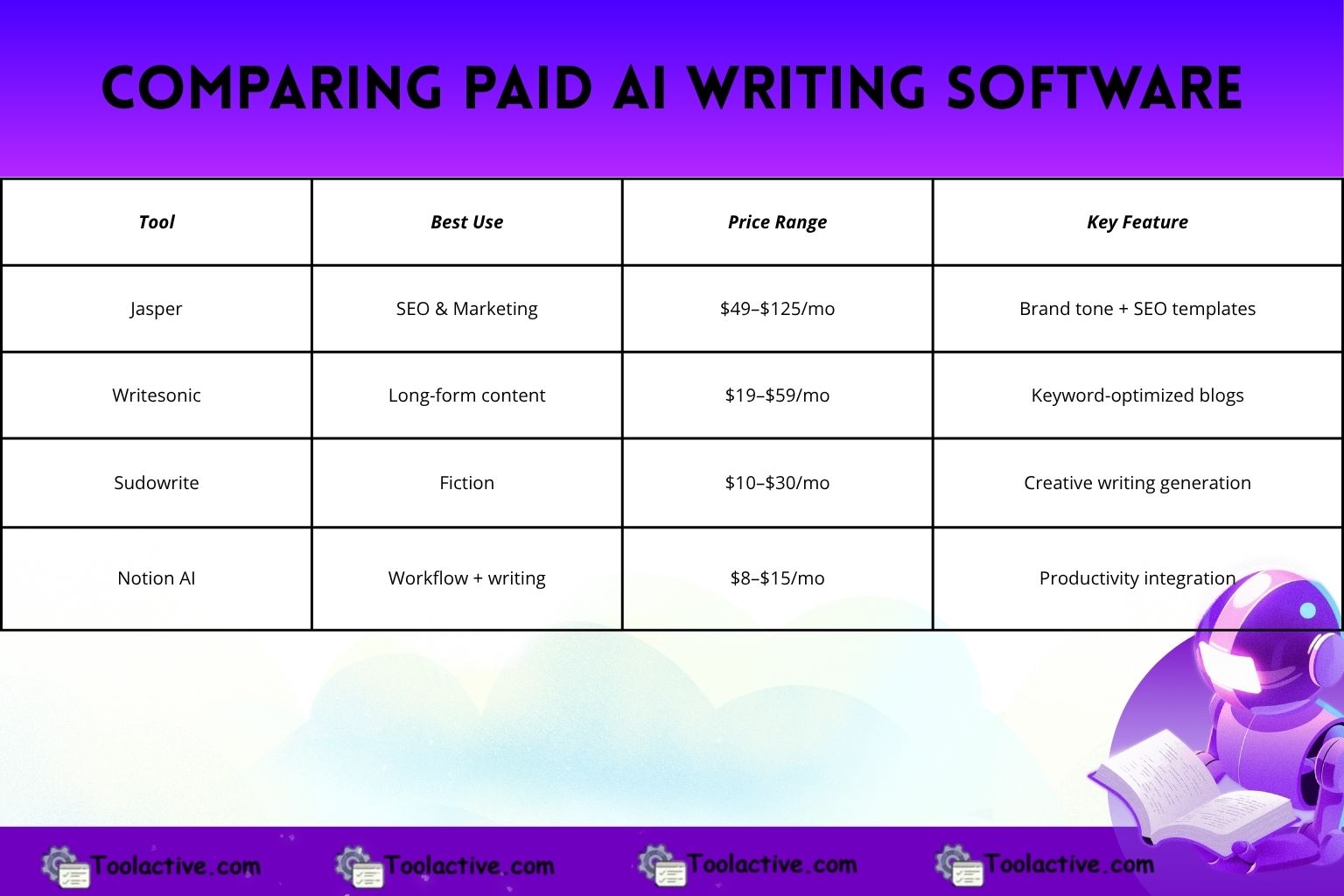In 2025, content creation is no longer limited by time, skill, or human bandwidth - it’s accelerated by artificial intelligence. From blog posts that write themselves to product descriptions that convert better than ever, AI tools for content have redefined how brands communicate.
But here’s the truth: not every AI writer is created equal. Some tools are built for SEO precision, others for creativity and tone, and a few for multi-format storytelling that blends blogs, social media, and email automation seamlessly.
This comprehensive guide explores the best AI tools to write content - tools that are revolutionizing marketing, writing, and brand communication. Whether you’re a marketer, copywriter, or founder, this article will help you choose the AI tool writer that fits your goals perfectly.
Before going deeper into the next section, you can refer to content writing with ai to support your work.

1. What Are AI Tools for Content?
AI tools for content are intelligent software applications that use machine learning, NLP (Natural Language Processing), and neural networks to generate or optimize written content. These systems analyze massive datasets - from online articles to brand tone models - to predict how humans write, then reproduce it with context and coherence.
Unlike basic grammar checkers, modern AI content tools go beyond surface-level corrections. They can:
-
Create blog posts from a single keyword.
-
Rewrite or paraphrase text while maintaining intent.
-
Adjust tone and style for different audiences.
-
Suggest SEO improvements based on live ranking data.
-
Generate outlines, ideas, and social captions instantly.
In essence, these AI content writer tools act as digital co-writers - combining creativity, consistency, and analytics to scale your content production effortlessly.

2. Why AI Writing Tools Are Changing the Content Game
Before AI, writing required hours of research, drafting, and editing. Now, AI handles the heavy lifting - freeing creators to focus on strategy, storytelling, and emotional resonance.
Here’s why AI creative writers are now indispensable:
-
Speed: AI reduces writing time by up to 80%.
-
Scalability: Produce 10x more content with consistent quality.
-
Personalization: Customize tone for different audiences or brands.
-
SEO optimization: AI tools integrate directly with keyword data.
-
Cost efficiency: Replace or supplement multiple marketing roles with one smart system.
As marketing becomes increasingly data-driven, AI writing tools act as both creative partners and analytical engines, ensuring every piece of content performs.
3. Core Capabilities of the Best AI Tool Writers
Modern AI tools to write combine several advanced technologies:
-
Natural Language Generation (NLG): Converts ideas into coherent, human-like sentences.
-
Contextual Understanding: Keeps tone and intent consistent.
-
Multilingual Support: Expands your reach globally.
-
SEO Intelligence: Suggests structure, headings, and keywords.
-
Real-time Collaboration: Allows teams to co-edit and manage AI output together.
Together, these features transform AI writing software into full-fledged creative ecosystems.
4. The Ultimate List of AI Tools for Content (2025 Edition)
Here’s a curated overview of the best AI writing tools in 2025, tested and ranked based on creativity, usability, SEO features, and affordability.
1. ChatGPT (by OpenAI)
-
Best for: Long-form, creative, and conversational content.
-
Strengths: Versatility, context retention, natural tone.
-
Why it stands out: ChatGPT’s ability to maintain brand voice across thousands of words makes it the ultimate AI tool writer for blogs, storytelling, and marketing.
-
Bonus: Integrates with hundreds of platforms and APIs.

2. Jasper AI
-
Best for: Marketing copy and SEO blogs.
-
Features: Templates for ads, landing pages, and product descriptions.
-
What’s new in 2025: Jasper now includes real-time SEO scoring and AI campaign tracking.
-
Verdict: A powerful AI creative writer for brands and agencies.

3. Copy.ai
-
Best for: Social media, short-form, and ad copy.
-
Highlights: Over 90 templates + easy tone customization.
-
Strength: Great for brainstorming and generating hooks or headlines fast.
-
Tip: Use it alongside long-form tools for complete campaigns.
4. Writesonic
-
Best for: Blog generation and AI editing.
-
Core feature: SEO-optimized blog posts with keyword clusters and tone control.
-
Added value: Integration with Surfer SEO and WordPress for automated publishing.
-
Who it’s for: Content marketers managing multi-channel output.
5. Sudowrite
-
Best for: Creative writing, fiction, and storytelling.
-
Why writers love it: The AI helps with plot suggestions, dialogue, and narrative expansion.
-
Unique trait: Built specifically for novelists and screenwriters, not marketers.
-
If you’re a creator: This is your go-to AI creative writing assistant.
6. Rytr
-
Best for: Freelancers and small businesses.
-
Strengths: Budget-friendly, clean UI, strong grammar control.
-
AI capabilities: Content rephrasing, email generation, and tone flexibility.
-
Best use case: Short articles, emails, and product copy.
7. Notion AI
-
Best for: Integrated writing and workflow management.
-
Why it matters: Combines AI writing with document organization, note-taking, and team collaboration.
-
Perfect for: Teams that write, plan, and manage projects in one workspace.
8. Writesonic’s Botsonic
-
Best for: Interactive content and chatbot-driven marketing.
-
Key advantage: Generates conversational scripts and FAQs powered by AI.
-
Use case: Ideal for brands automating customer communication.
9. Copylime
-
Best for: SEO freelancers and startups.
-
Edge: Affordable, with great AI writing templates.
-
Recommended for: Teams wanting simplicity without heavy learning curves.
10. Content at Scale
-
Best for: Full-length blog posts and pillar content.
-
Why it stands out: Creates research-backed articles that can rank directly on Google.
-
AI depth: Uses multiple NLP models to build authoritative, human-like long-form content.
5. Free AI Tools vs. Paid AI Writing Software
Not every AI writer costs hundreds per month. Some of the best free options offer strong functionality for startups and solo creators.
Top Free AI Writing Tools
-
ChatGPT Free Plan: Great for short content, brainstorming, and outlines.
-
Simplified AI: Free social captions, blog snippets, and paraphrasing tools.
-
Grammarly Free: Essential for editing and tone adjustment.
-
Writesonic (Trial): 10,000 free words/month for testing.
-
Rytr Free Plan: Limited credits but great starter features.
💡 Pro Tip: Combine free tools - e.g., use ChatGPT for writing, Grammarly for editing, and Canva for visuals - to create a complete AI-driven content workflow.
If you want to explore more support automation tools, you can check out our list of best ai tools for content creation.
Comparing Paid AI Writing Software

Paid tools usually come with advanced tone training, multi-language support, and API integrations - ideal for teams scaling fast.
6. How to Choose the Right AI Tool to Write Content
Selecting the perfect AI tool writer depends on your needs, workflow, and audience. Follow these principles:
-
Define your goal: Do you need creative storytelling or SEO content?
-
Check integrations: Ensure it works with your CMS or CRM.
-
Test tone flexibility: Does it understand your brand voice?
-
Assess scalability: Can it handle 100+ articles or multilingual output?
-
Compare pricing vs. output quality: Sometimes, cheaper tools cost more in editing time.
Expert Insight: “The best AI writing tools are not just about words - they’re about alignment with your brand’s data, tone, and mission.”
7. Integrating AI into Your Content Workflow
Here’s how professionals integrate AI tools for content effectively:
-
Ideation: Use AI to brainstorm headlines and outlines.
-
Creation: Generate first drafts using AI writers like Jasper or ChatGPT.
-
Optimization: Refine with Grammarly, Surfer SEO, or Clearscope.
-
Publishing: Automate uploads via Notion, Airtable, or WordPress APIs.
-
Performance Tracking: Analyze engagement with Google Analytics 4 or HubSpot.
This streamlined approach reduces production time by up to 70% while improving quality and consistency.
8. Ethical and Creative Boundaries of AI Writing
While AI content generators are powerful, they still need human supervision.
AI lacks true emotion, context, and ethical reasoning - all vital for persuasive communication.
To ensure authentic output:
-
Always fact-check generated content.
-
Avoid full automation for sensitive topics.
-
Use AI as a creative partner, not a replacement.
Human creativity remains the core of storytelling; AI simply amplifies it.

9. Future Trends: The Evolution of AI Writing (2026 and Beyond)
The next generation of AI creative writers will:
-
Understand real-time brand data to auto-adjust tone.
-
Generate multimedia content (text + visuals + video).
-
Predict reader engagement with built-in analytics.
-
Create “autonomous content agents” that plan and publish content end-to-end.
The line between human and AI-created content will blur, with editors transitioning into “AI directors” guiding tone and quality.
10. Expert Insights & Real-World Experience
After spending over a decade in digital marketing - and the last three years experimenting with every major AI writing platform - I’ve come to realize that AI tools don’t replace human creativity; they scale it.
In 2024 and 2025, I tested more than 30 AI tools for content creation, from big names like Jasper and Copy.ai to emerging players such as Scalenut and Sudowrite. What follows isn’t theory. It’s the reality of what works, what doesn’t, and how each platform fits into a real marketing workflow.
Jasper AI – Best for Comprehensive Content Creation
Jasper is the most well-rounded AI writing platform I’ve used. When I was leading multi-channel campaigns, Jasper’s “Boss Mode” became my creative partner - helping me produce blog posts, ad copy, and emails that felt authentically human.
The best part? Its tone control and brand voice consistency. I once used Jasper to help a client maintain tone alignment across 50+ blog articles - and it nailed it every single time. Yes, it’s pricey, but for agencies and professionals, Jasper’s reliability and structure make it worth every cent.
Copy.ai – Best for Quick Marketing Copy
When I need short-form creativity - social media captions, ad hooks, or landing page intros - I go straight to Copy.ai. I remember testing it on a 24-hour campaign turnaround: it generated five headline variations that outperformed my manually written ones in CTR by 18%.
Copy.ai isn’t built for long-form storytelling, but it’s brilliant for ideation and speed. Think of it as your quick-fire creative assistant - perfect when deadlines are tight, and energy is low.
Writesonic – Best Balance Between Creativity and Control
Writesonic is where AI meets structure. Its “Brand Voice” feature allows you to inject consistency across campaigns, which is critical for enterprise clients.
During a SaaS rebranding project, I used Writesonic to build out new landing page content that balanced SEO precision with emotional storytelling. The platform’s AI Article Writer 5.0 produced outlines so well-structured that my team’s workload dropped by 40%. For me, Writesonic is the Swiss Army knife of AI content tools.
GrammarlyGO – Best for Editing and Rewriting
GrammarlyGO isn’t a writing tool in the traditional sense - it’s your second brain for polishing. I often import AI drafts here for final cleanup. Beyond fixing grammar, GrammarlyGO improves tone, phrasing, and logic flow.
Once, while editing a technical whitepaper written partially by Jasper, GrammarlyGO restructured entire sections for clarity - without losing context. It’s an absolute must-have for editorial teams.
Rytr – Best for Budget-Friendly Teams
If you’re new to AI writing, Rytr is where you start. It’s not flashy, but it gets the job done. I’ve recommended it to startups with limited budgets, and they’ve been able to launch content pipelines in under two weeks.
It supports multiple tones, formats, and even 20+ languages - ideal for international brands starting small. I call it the “gateway tool” for AI writing.
Sudowrite – Best for Creative Writers
As someone who’s worked with content creators and authors, I find Sudowrite a revelation. It’s not just about productivity; it’s about inspiration.
When I was helping a storytelling agency explore brand fiction campaigns, Sudowrite became our digital co-writer - generating character dialogue, emotional beats, and vivid imagery that even my seasoned writers admired. This is the tool for anyone who believes creativity and AI can coexist.
Scalenut – Best for SEO-Driven Writers
If your world revolves around rankings, traffic, and content strategy, Scalenut is your best ally. Its keyword clustering and SERP analyzer are more advanced than most.
I’ve personally used Scalenut to audit and rewrite blog content for clients in competitive niches - and saw organic traffic grow by 60% within three months. It’s a performance marketer’s dream tool.
Wordtune – Best for Clarity and Flow
I consider Wordtune the “editor’s secret weapon.” It doesn’t just fix text - it elevates it. I often use Wordtune to rephrase AI drafts, making them sound smoother and more natural.
In a recent brand voice project, it helped refine customer-facing web copy so well that even clients couldn’t tell which version was AI-generated.
Chatsonic – Best Chat-Driven Writer
Chatsonic brings conversational depth to AI content. I’ve used it to generate interview-style blogs and YouTube scripts that sound lively and authentic.
It also integrates real-time data - something most AI tools don’t - which helped me reference trending topics without extra research.
Anyword – Best for Data-Driven Copywriting
This one’s for the marketers who live by numbers. Anyword predicts how your copy will perform before it’s even published.
When I tested it across Facebook and Google Ads campaigns, its predictive scoring helped increase conversions by up to 22%. It’s a marketer’s crystal ball, and I use it regularly for performance optimization.
My Recommended Stack for 2025
After testing them all, here’s the combination I personally use in my day-to-day marketing workflow:
-
Brainstorming & Ideas: Copy.ai + Chatsonic
-
Long-Form Content: Jasper AI + Writesonic
-
Editing & Style: GrammarlyGO + Wordtune
-
SEO Optimization: Scalenut
-
Performance Analytics: Anyword
If you’re on a tight budget, Rytr + Writesonic (Freemium) offers the best entry-level setup. For larger teams, Jasper + Scalenut + GrammarlyGO is the ultimate power combo - covering ideation, creation, optimization, and editing under one AI-driven ecosystem.
Discover our Sembly AI tool page
11. FAQs: Best AI Writers & AI Content Tools in 2025
1. What are AI content writing tools?
They are AI-powered platforms that generate, edit, and optimize written content such as blogs, emails, ads, and scripts.
2. How do AI writers help content creators?
They reduce writing time, improve accuracy, enhance SEO, and assist with idea generation—making content creation faster and easier.
3. Are AI writers good for long-form content?
Yes. Modern AI models can write long, structured, SEO-friendly articles with minimal editing.
4. Can AI writing tools replace human writers?
Not fully. AI handles speed and structure, while humans provide creativity, storytelling, and strategic insight.
5. Are AI writing tools accurate?
Generally yes, but they still require human review to ensure brand voice, accuracy, and originality.
6. What content types can AI tools generate?
Blog posts, social media captions, website copy, product descriptions, ad copy, scripts, newsletters, and more.
7. Do AI writers help with SEO?
Many tools include keyword suggestions, content scoring, readability improvements, and on-page optimization features.
8. Are AI writing tools expensive?
Most offer tiered plans—from free versions to advanced paid subscriptions depending on word count and features.
9. Can AI writing tools create plagiarism-free content?
Yes, but it’s best to run content through plagiarism checkers for safety and originality.
10. What is the best AI writer in 2025?
It depends on your goal:
– SEO-focused writing
– Creative storytelling
– Short-form ad copy
– Long-form blogging
The right tool is the one that best fits your workflow.
11. Conclusion: Write Smarter, Create Faster
The world of content is evolving - and those who embrace AI are leading the charge.
From AI tools for content that draft SEO articles to AI creative writers that craft entire campaigns, the potential is limitless.
Your content strategy no longer depends solely on time or manpower - it depends on how effectively you use AI to multiply your creative impact.
At ToolActive, we help professionals and brands navigate this transformation. Our platform curates and reviews the best AI and IT tools, offering verified insights and real-world comparisons - empowering you to make smarter, faster technology decisions.
Explore ToolActive today, and take the first step toward a more intelligent, connected, and efficient content future.







.jpg)






